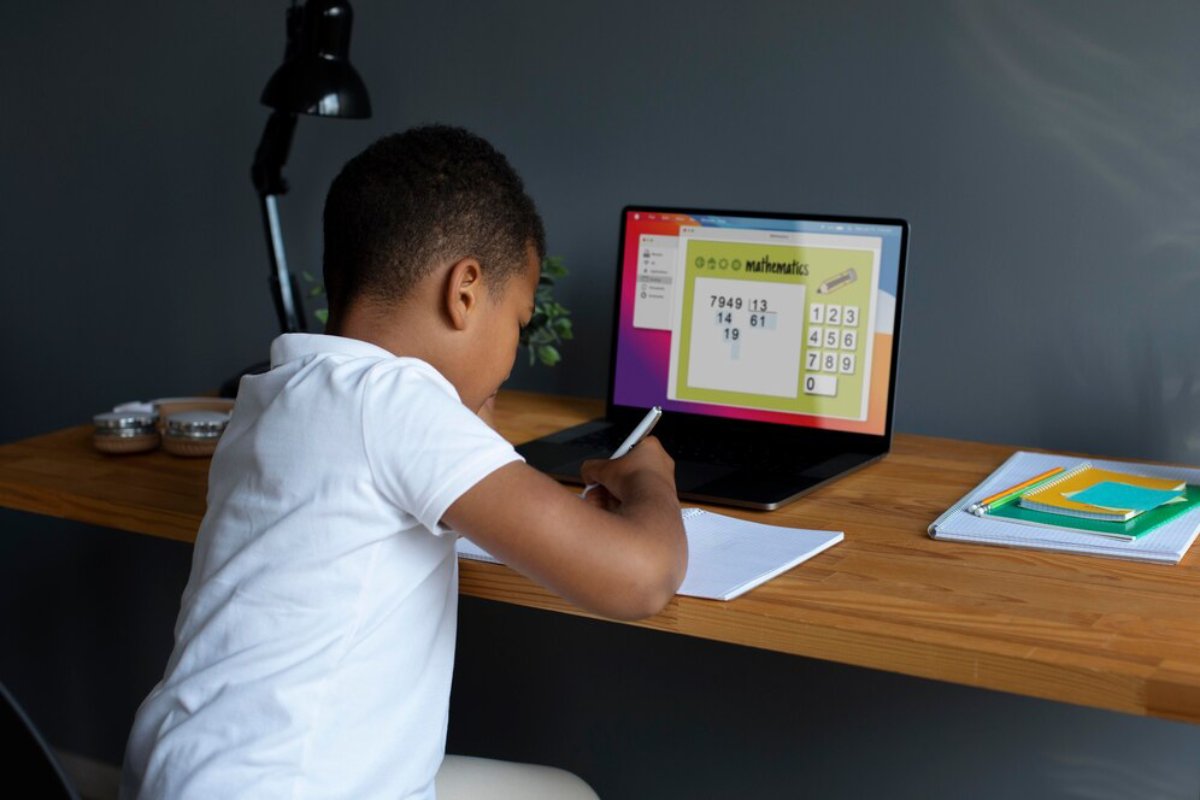
Creating Balanced Digital Schedules for Kids: A Guide to Digital Balance and Time Management
Today, technology is a big part of our lives, especially for our kids. Digital devices provide many educational and entertainment benefits. However, too much screen time can cause health issues and behavioural problems. Creating balanced digital schedules for kids is key. It helps support their well-being and growth. This blog will look at why digital balance matters. It will share practical ways to manage kids’ screen time. Plus, you’ll find expert tips for better time management.
Why Digital Balance Matters
Digital balance means using technology in daily life. But it shouldn’t take over or interrupt other essential activities. For children, achieving digital balance is vital for several reasons:

Health and Well-being
Too much screen time can cause health problems, including eye strain, bad posture, and trouble sleeping. Using digital devices for a long time can also cause mental health problems, including issues like anxiety and depression. Promoting digital balance can reduce these risks and support our children’s health and well-being.
Cognitive Development
Children’s brains are still developing, and excessive screen time can hinder this process. Non-digital activities like reading, playing outside, and socialising can boost cognitive skills. These activities also help improve creativity and problem-solving. A balanced digital schedule gives kids plenty of chances for essential experiences.
Social Skills and Relationships
Digital devices connect us, but too much use can cause social isolation. Getting kids to meet in person and be with family helps them build important social skills. It also builds strong relationships, which boosts their emotional intelligence and resilience.
Crafting an Effective Kids’ Screen Schedule
Creating a balanced screen schedule for kids involves thoughtful planning and consistent implementation. Here are some strategies to help you manage your children’s screen time effectively:
Set Clear Boundaries
Establishing clear rules around screen time is essential for maintaining digital balance. Consider the following guidelines:
- Age-appropriate boundaries: Tailor screen time to your child’s unique growth stage. The American Academy of Paediatrics recommends that kids aged 2 to 5 enjoy just one hour daily.
- Consistent routines: Make a daily schedule with a set screen time. This way, it won’t clash with essential activities like meals, homework, and bedtime.
- Device-free zones: Set aside areas in your home, like the dining room and bedrooms, to keep devices away. This helps boost family time and promotes better sleep.

Encourage Diverse Activities
A good digital schedule needs to have different activities. These should help with physical, mental, and social growth. Encourage your children to engage in:
- Outdoor play: Physical activity is crucial for children’s health and development. Encourage outdoor play by organising family outings, sports, or nature walks.
- Creative pursuits: Like drawing, painting, and crafting, boost creativity and imagination. They provide a healthy break from screen time.
- Reading and learning: Encourage a love for reading. Give your kids access to books and resources appropriate for their age. Take your kids to the library and help them explore their interests. Online educational platforms are also great for learning.
Model Healthy Digital Habits
Kids often copy their parents, so showing good digital habits is important. Demonstrate responsible technology use by:
- Limit your screen time: Show your kids you value non-digital activities. Set limits on your device use.
- Enjoy family fun: Spend time with your kids doing activities without screens. Try board games, cooking, or gardening together.
- Talk about digital balance: Discuss why it matters with your kids. Explain the risks of too much screen time.
Expert Tips for Time Management
Good time management is key to making balanced digital schedules for kids. Here are some expert tips to help you manage your children’s time effectively:
Prioritise Tasks
Create a daily to-do list to teach your children to prioritise their tasks. Urge them to finish important tasks like homework and chores first; then they can enjoy screen time.
Use Time Management Tools
Utilise time management tools, such as timers and scheduling apps, to help your children manage their screen time. These tools give visual reminders. They help kids build responsibility and independence.
Encourage Breaks
Add regular breaks to your kids’ screen time. This helps avoid digital fatigue and boosts their productivity. Encourage short breaks every 30 to 60 minutes. They can stretch, hydrate, and do non-digital activities.
Maintain Flexibility
Consistency is the golden key, unlocking a balanced screen time routine. Embracing flexibility is key for harmony in your children’s digital world. Adjust screen time limits for special occasions, family gatherings, and unique learning adventures. Life brings surprises—let’s make room for them!
Advanced Insights: Understanding the Impact of Screen Time on Development
To grasp why balanced digital schedules matter, we must explore how screen time affects children’s growth:
The Role of Parental Involvement
Parental involvement plays a crucial role in managing children’s screen time effectively. Kids whose parents engage in their online activities often develop strong digital habits. Parents can help their kids use technology responsibly by watching content together, talking about online safety, and setting clear rules.
The Importance of Quality Content
Not all screen time is created equal. The quality of digital content is a critical factor in determining its impact on children’s development. Educational and age-appropriate content boosts learning and thinking skills. But violent or inappropriate content can harm. Parents must choose and check digital content. This helps make sure it fits their children’s growth and values.
Long-term Implications of Screen Time
Excessive screen time during childhood can have long-term implications for physical and mental health. Studies have linked prolonged screen use to an increased risk of obesity, sleep disturbances, and attention problems. By promoting digital balance from an early age, parents can help mitigate these risks and support their children’s long-term well-being.
Conclusion: Embracing Digital Balance for a Healthier Future
Creating balanced digital schedules for kids is essential for their health, development, and overall well-being. By setting clear boundaries, encouraging diverse activities, and modelling healthy digital habits, parents can help their children achieve digital balance and develop practical time management skills. As we navigate the ever-evolving digital landscape, embracing digital balance is crucial for fostering a healthier and more fulfilling future for our children.
As a parent, you can shape your child’s relationship with technology. Start by implementing these strategies and observing the positive impact on your child’s well-being and development. Remember, digital balance is not about eliminating screen time but integrating it thoughtfully into a well-rounded lifestyle. What steps will you take today to promote digital balance in your family?


